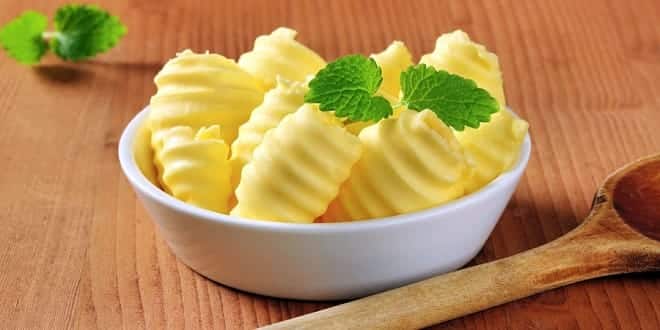Enzymes in Fats and Oil Industry ( Dr. Hasene KESKİN ÇAVDAR )
ENZYMES
• Enzymes are proteins that accelerate chemical reactions.
• Substrates: The molecules present at the beginning of the reaction are called substrates.
• Enzymes convert substrates into different molecules, called products.
• Like all catalysts, enzymes work by lowering the activation energy for a reaction.
• Catalysts, like enzymes, act by lowering the energy difference between the reactants (A, B) and the transition state. This lowers the activation barrier for the reaction, allowing it to proceed more rapidly.
Nomenclature Of Enzymes
• Enzymes are usually named according to the reaction they carry out.
• Typically, the suffix ‘ase’ is added to the name of the substrate or the type of reaction (e.g. a polymerase or isomerase for a polymerization or isomerization reaction).
• Examples:
• Maltose-maltase
• Sucrose-sucrase
• Lactose-lactase
• Protein-protease
• Lipids-lipase
• Polymerization-polymerase
• Isomerization-isomerase
• The exceptions to this rule are some of the enzymes studied originally, such as pepsin, rennin and trypsin.
…
LIPIDS
• Lipids are a diverse group of compounds sharing the common property of being hydrophobic (soluble in non- polar solvents, insoluble in water).
• They are organic compounds, contains C, H, and O.
• Lipids include
Fatty acids,
Fats and oils,
Steroids (cholesterol, steroid hormones, bile salts)
Waxes,
Phospholipids
Terpenes, and
Tocopherols
Most of lipids are derivatives of fatty acids.
Types of lipids:
• Lipids with fatty acids
Fats and oils (triglycerides)
Phospholipids
Sphingolipids
Waxes
• Lipids without fatty acids
Steroids
Most of lipids are derivatives of fatty acids.
Lipids
Simple Lipids
Fats and Oils (Triglycerides)
Waxes
Compound Lipids
Phospholipids
Glycolipids
Derived Lipids
Steroids
Terpenes
Carotenoids
FATS and OILS
• Glycerol esters of fatty acids, which make up 99% of the lipids of plant and animal origin, have been traditionally called fats and oils.
• The main components of edible fats and oils are triglycerides (>95%). The minor components include mono- and diglycerides, free fatty acids, phosphatides, sterols, fat soluble vitamins, tocopherols, pigments, waxes, and fatty alcohols.
…




